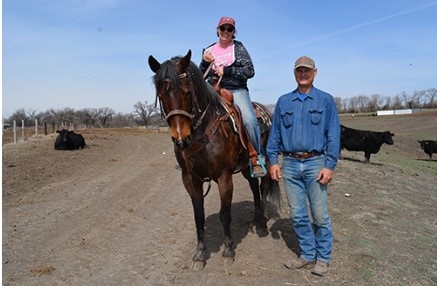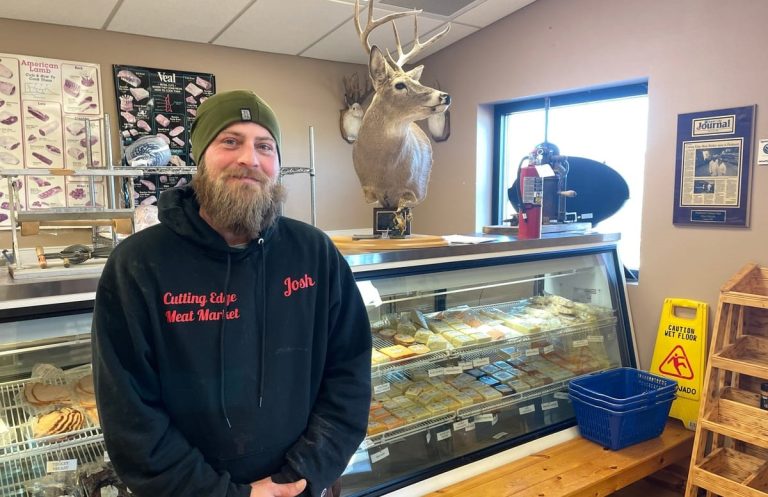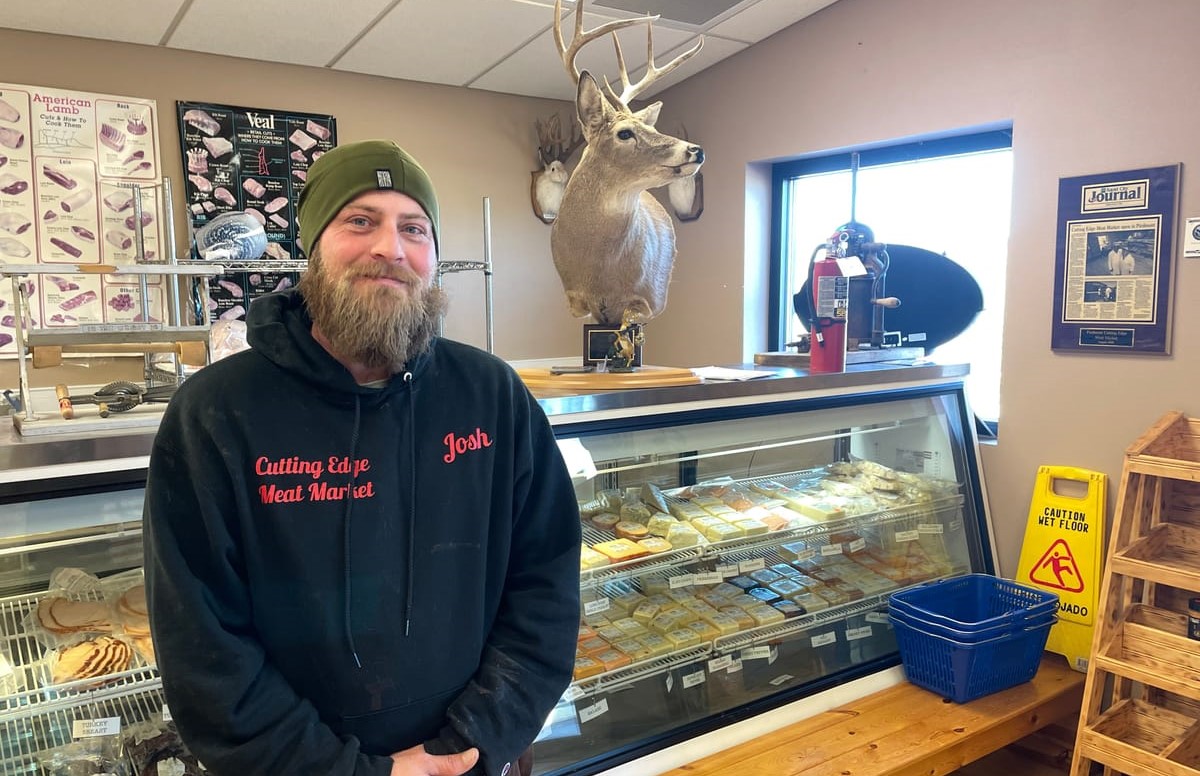RENO, NV – While one of the country’s largest cattle and beef organizations hasn’t completely moved on from a market crisis that led to the introduction of at least 18 pieces of legislation in Congress over the last two years (none that have passed into law), the National Cattlemen’s Beef Association (NCBA) touched on that and other issues during, “The Cattle Industry Summer Business Meeting,” held here, July 25-27.
Over 600 cattle producers and industry leaders representing NCBA, Cattlemen’s Beef Promotion and Research Board (CBB), American National CattleWomen and the National Cattlemen’s Foundation were in attendance.
During the event, cattle industry members met in both NCBA Policy committees and subcommittees, as well as joint committees and subcommittees to discuss the various issues and to make plans for the upcoming fiscal year that begins Oct. 1.
Garnering much of the focus at this years meeting in terms of policy was the upcoming 2023 Farm Bill. While the legislation, typically reauthorized every five years, has traditionally been developed and fine-tuned for America’s farmer’s, it is increasingly becoming more available to ranchers.
According to NCBA Policy Chair Buck Wehrbein, Livestock Risk Protection (LRP) Program is one the organization wants to see reauthorized. He says it’s a risk management tool that smaller sized operations can benefit from; one that doesn’t require a “big bank account.” And he also points to the ongoing Conservation Reserve Program (CRP) – with more built-in flexibility for grazing – as among those Farm Bill items that are important to ranchers.
Others include Emergency Assistance for Livestock, Honey Bees, and Farm-raised Fish (ELAP), Livestock Forage Disaster Program (LFP), and Livestock Indemnity Program (LIP).
NCBA President Elect Todd Wilkerson, DeSmet, SD, agrees. He notes USDA is adding to the arsenal of subsidized risk protection programs for ranchers.
The tone of conversations surrounding packer consolidation and lack of market transparency in cattle markets was decidedly quieter at this meeting.
In an interview with Brownfield Ag News, Wilkerson said it was clearly the issue two years ago. “But the cry for government mandates isn’t as strong as it once was out in the country.” He went on to observe that divisive issues are hard to deal with, especially in a times of poor cash prices, but that progress has been made with, “some agreed-upon steps being taken … and more work to be done.”
Wilkinson was among those testifying before U.S. House and Senate Agriculture Committee hearings held last year where he urged Congress to resist one-size-fits-all policy prescriptions which may have disastrous unintended consequences and instead adopt a multi-pronged approach to bring relief to cattle producers, transparency to the markets and resiliency to the beef supply chain.












